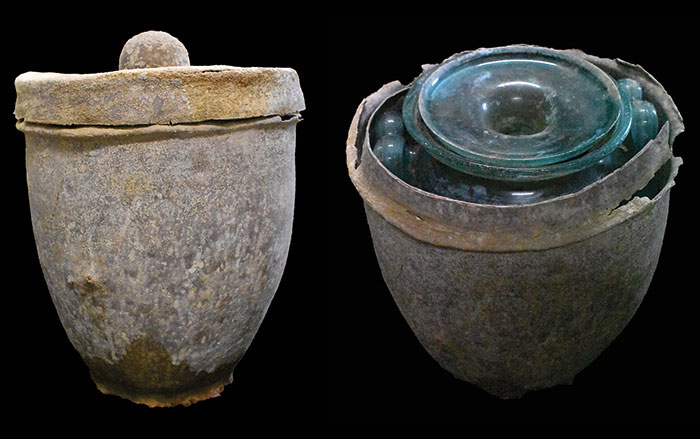
In a policy article published in the journal Science in October 2011, Spanish scientists argued against the reopening of Altamira Cave, a UNESCO World Heritage Site. The cave contains multicolored cave paintings featuring several red bison, dating back 14,000 years to the Upper Paleolithic. The cave, which was discovered in 1879, was closed to visitors in 2002 following the discovery of green bacteria, which scientists said were able to thrive in the artificial lighting installed in the cave's famed Polychrome Hall, a phenomenon also seen at France's Lascaux Cave.
Since the closing, the bacterial colonization abated. The Spanish Ministry of Culture has been considering reopening it to tourists since 2010. The researchers writing in Science claim that admitting visitors will simply reintroduce conditions that will further endanger the paintings. Increased temperatures, humidity, and carbon dioxide levels, among other factors, will all promote bacterial growth and speed the corrosion of the rock that ancient people used as a canvas. "Altamira Cave," they write, "although currently closed, is at real risk."










